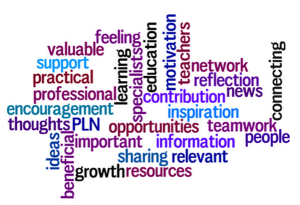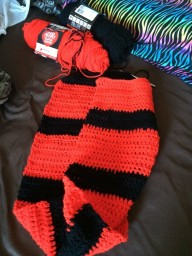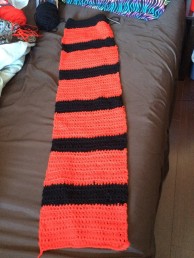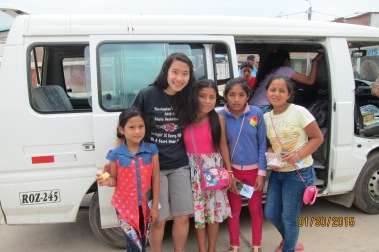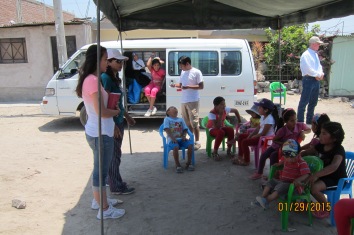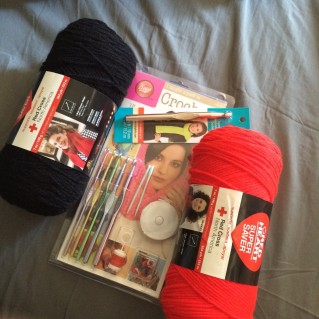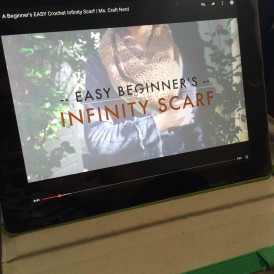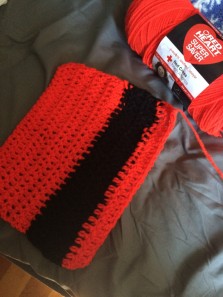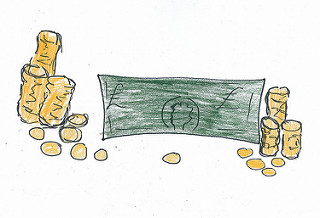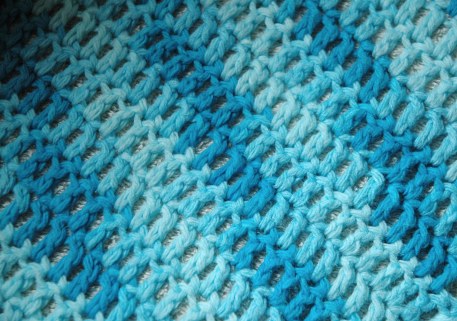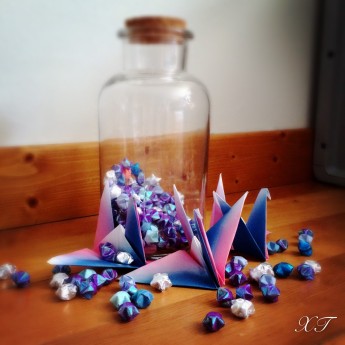
Third week of independent-learning project and I still feel the same as I did since the first week! This week I have finally finished my infinity scarf project, the one that is my very first crochet project and also a gift for my mom.

I took more time in the infinity scarf because I wanted to finish the project. If I didn’t have million other things on my to-do list then I think I could of gotten it done earlier. However, I think the progress is going well for me and I really enjoy learning how to crochet. This week I practiced more on the double crochet and changing yarn color, I made a pretty long scarf so that it can wrap around the neck twice and still is long enough. It is definitely a good practice for a beginner to crochet a scarf because you’re doing the same thing repeatedly and getting better at it by each stitch. I am happy I picked scarf as my first crochet project and I am excited to learn about different patterns and stitches I can do with crochet!
Other than finishing the infinity scarf and practicing double crochet all week, I also got to spend more time on watching Youtube videos and picking one to learn from for a headband/ ear warmer project. I’ve always loved those crochet headbands and wanted to make one for myself. Since the weather is starting to get chilly, a cute ear warmer is needed! With lots of holidays coming up soon(before you even know it), giving handmade headbands as gifts also isn’t a bad idea!
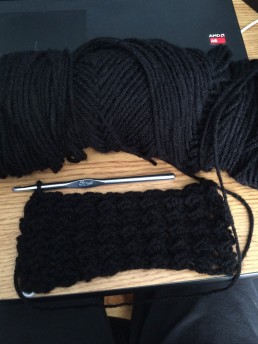
I finally made my decision on which Youtube video to learn from and started my headband/ Ear warmer project this week. The ear warmer I am making is using the Moss stitch. Moss stitch is the new stitch I learned this week and it has a half double crochet and slip stitch in it. Which made me really glad that I know how to do a double crochet. The Moss stitch is a pretty easy stitch for me so far and making this ear warmer is pretty much the same procedure as the scarf. Doing it repeatedly until it reaches the desire length.
On the third week of learning how to crochet, I have officially learned how to chain yarn, double crochet, change the color of yarn, and crochet moss stitch. I will continue on practicing each skills I’ve learned so far and make more projects in the future. Like I said, I still feel the same as I did since the first week. I am happy I chose crochet as my independent learning project.

